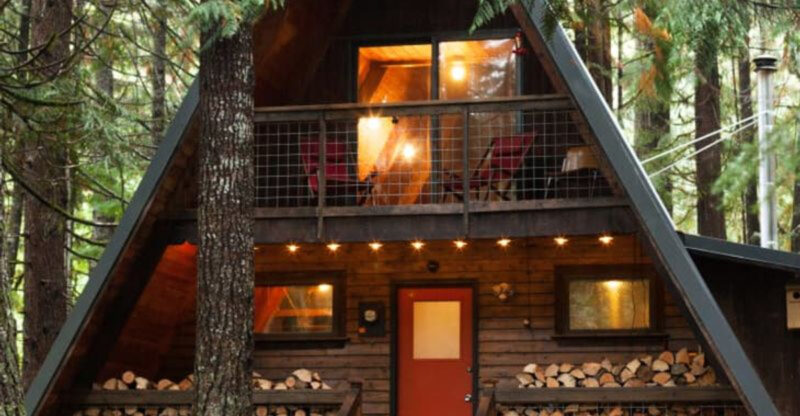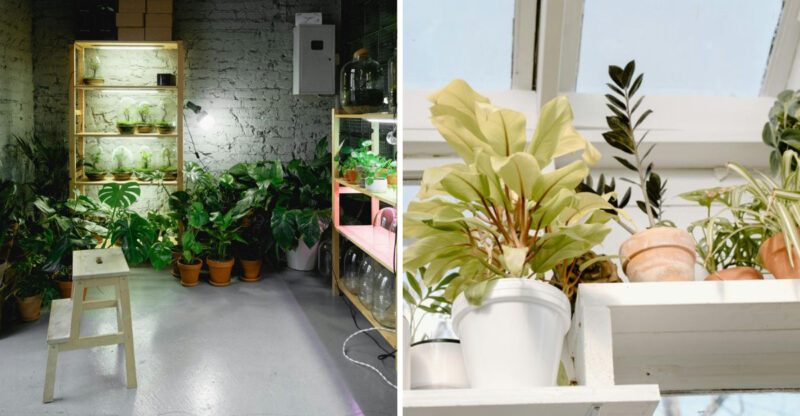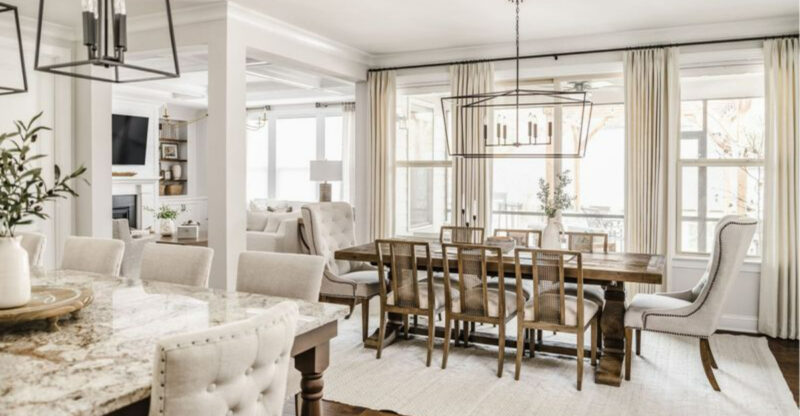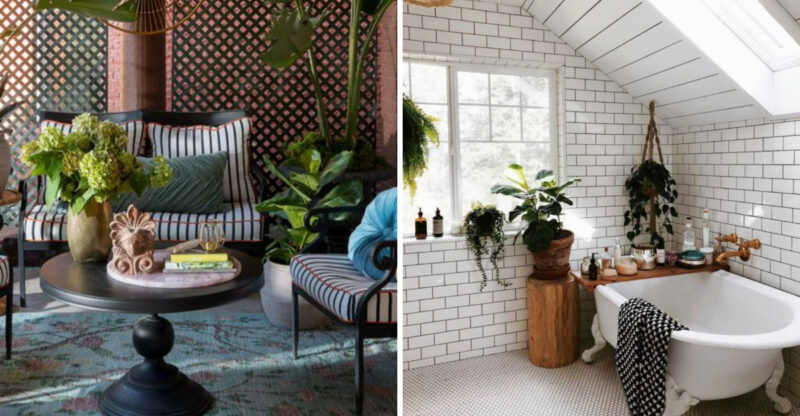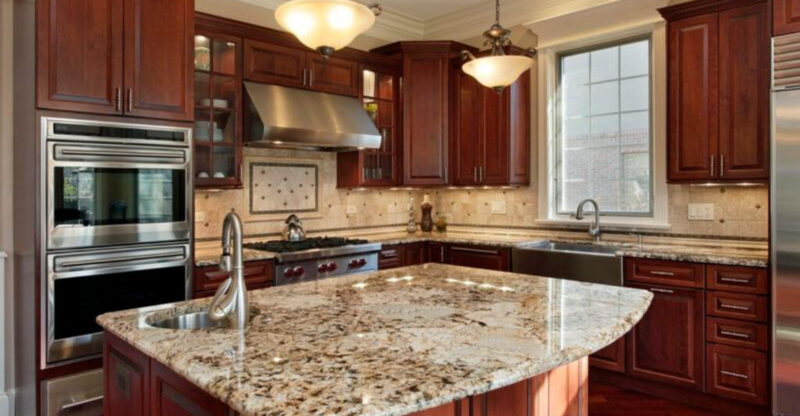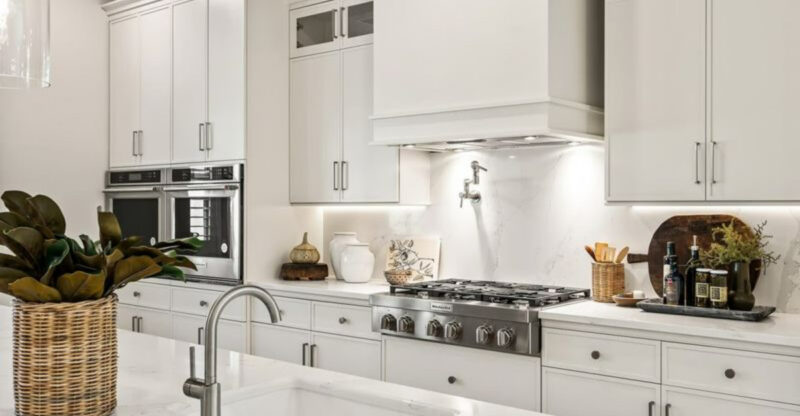13 Interior Design Trends You Didn’t Know Could Hurt Your Home’s Resale Value
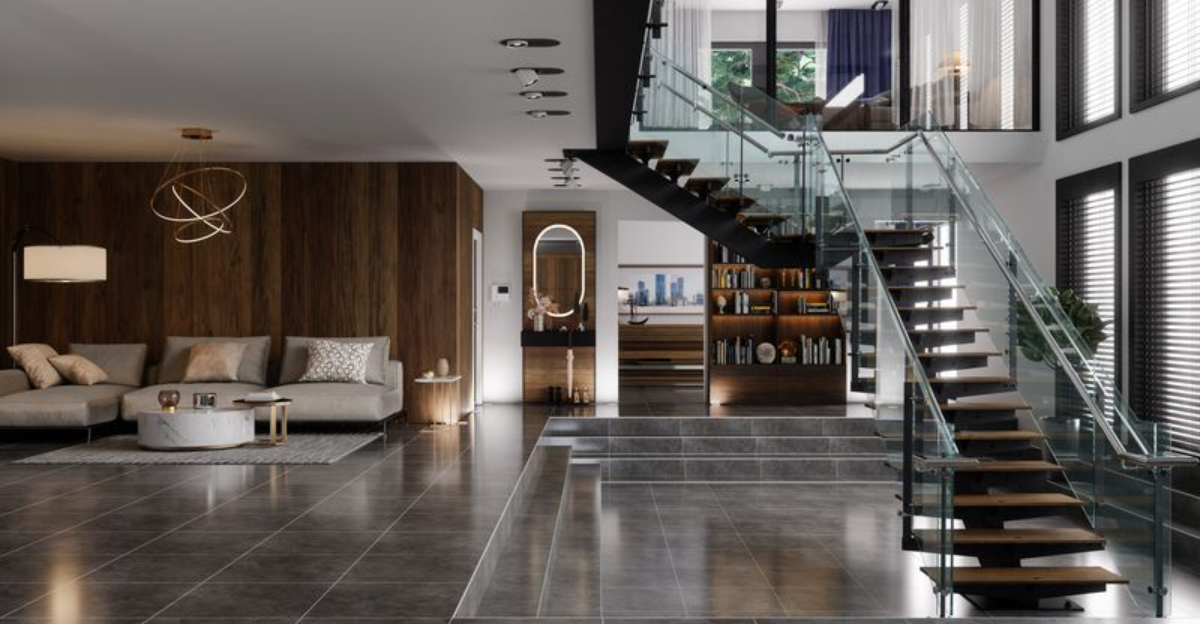
Trends come and go, but your home’s value should stand the test of time. That sleek look you love today might leave future buyers cringing – or reaching for renovation estimates.
In a market where first impressions count, certain design choices can quietly chip away at your home’s resale appeal. Before diving into the latest styles, it pays to know which trends could turn your biggest investment into a harder sell.
1. Bold And Dark Wall Colors
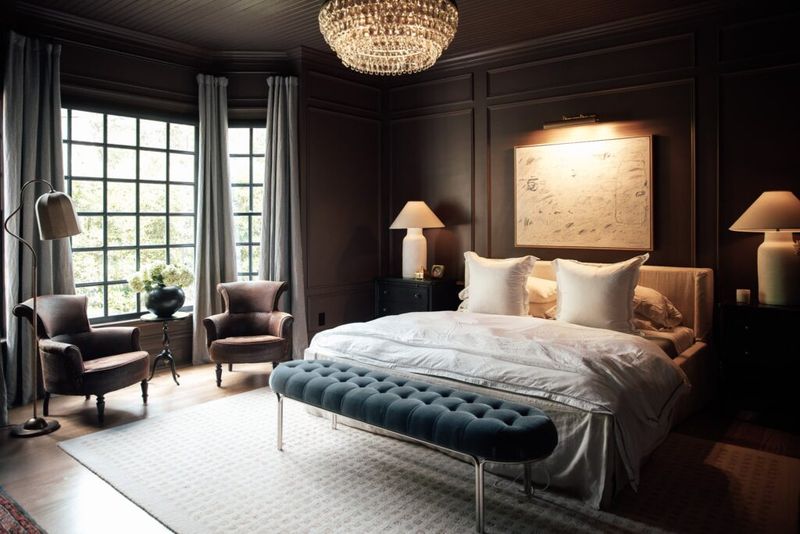
Nothing transforms a space faster than a coat of paint. Dark navy, charcoal, or black walls might look sophisticated in design magazines, but potential buyers often see only the work ahead.
Most house hunters prefer neutral palettes they can easily personalize. Bold color choices can make rooms appear smaller and darker, potentially reducing your home’s perceived value by thousands.
2. Open Shelving In Kitchens
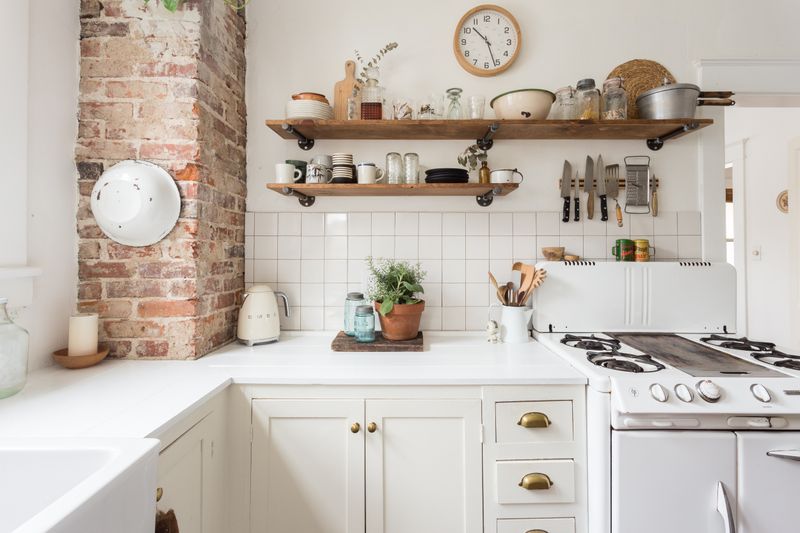
The minimalist look of floating shelves filled with carefully arranged dishes might earn likes on Instagram. Reality tells a different story when dust collects and items need constant arranging.
Buyers typically prefer practical storage solutions that hide clutter. Open shelving can actually reduce kitchen appeal by highlighting the maintenance required, making potential buyers mentally subtract from their offer.
3. Overly Themed Rooms
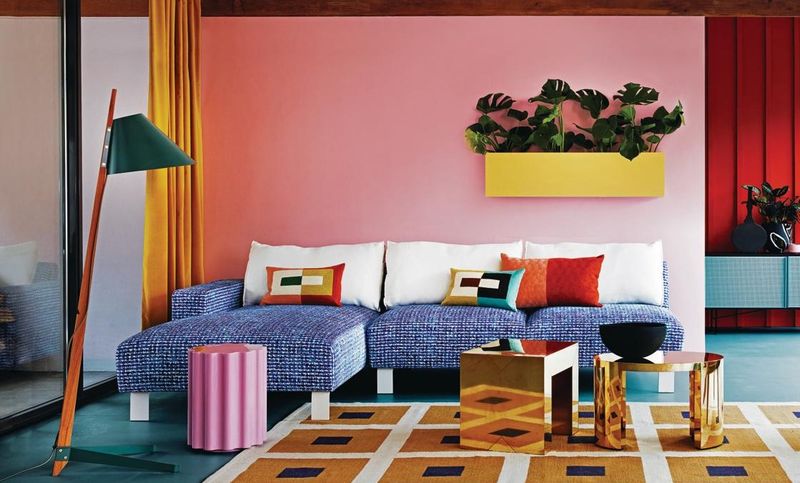
That Mediterranean-inspired bedroom or nautical bathroom might bring you joy every day. For house hunters, however, highly specialized decor screams ‘renovation project.’
Themed spaces feel personal rather than universal. When buyers tour homes with rooms dedicated to specific aesthetics like beach motifs or western themes, they often calculate renovation costs rather than admiring your creativity.
4. Excessive Use Of Wallpaper
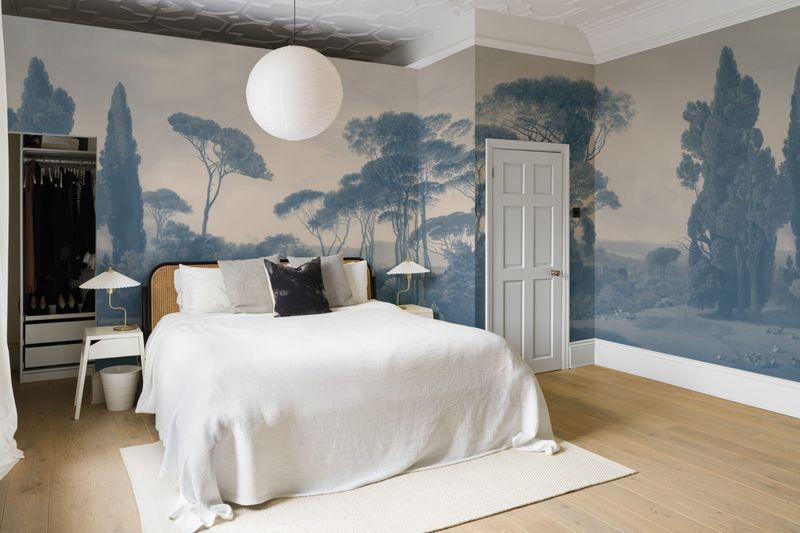
Wallpaper has made a stylish comeback with bold patterns and textures. Yet what feels fashionable today might look dated tomorrow, especially when covering multiple walls.
Removal is notoriously time-consuming and can damage surfaces underneath. Many buyers see wallpapered rooms as immediate renovation expenses, mentally deducting hundreds or thousands from potential offers before even finishing the tour.
5. Statement Lighting Fixtures That Overwhelm Spaces
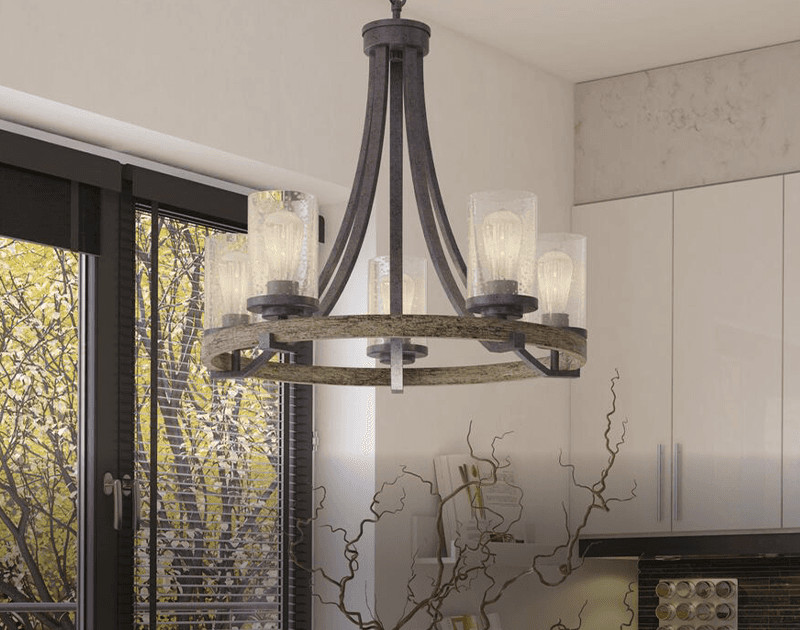
Grand chandeliers and ultramodern pendant lights can serve as dramatic focal points. When disproportionate to the room, however, these eye-catching elements become visual distractions rather than enhancements.
Oversized lighting creates awkward spatial relationships in average-sized rooms. Potential buyers often view distinctive fixtures as items they’ll need to replace, mentally adding that cost to their renovation budget.
6. High-Gloss Finishes Everywhere
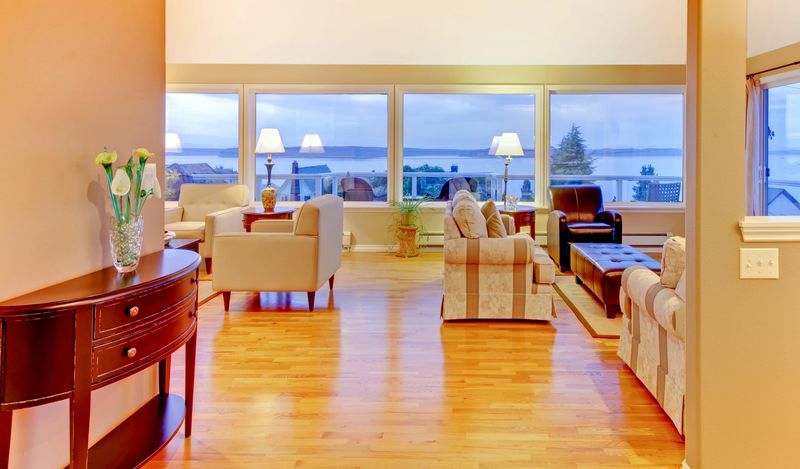
Shiny surfaces catch the eye with their reflective qualities and luxurious appearance. Too much gloss, however, amplifies every imperfection and fingerprint in your home.
Potential buyers frequently notice how high-maintenance these finishes are during viewings. From glossy kitchen cabinets to mirror-like floors, these trendy choices often translate to ‘constant cleaning’ in buyers’ minds, diminishing your home’s appeal.
7. Industrial-Style Interiors In Suburban Homes
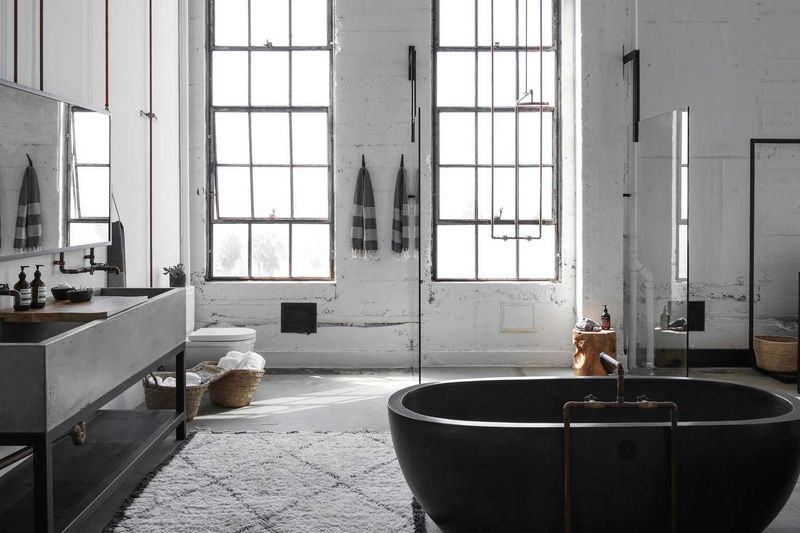
Exposed pipes, concrete floors, and metal fixtures create an edgy urban aesthetic that’s popular in design circles. This raw, unfinished look often feels jarringly out of place in traditional suburban neighborhoods.
Context matters tremendously in real estate. Industrial elements that would be celebrated in a downtown loft can make suburban properties feel cold and unwelcoming, limiting your buyer pool to those with very specific taste.
8. Built-In Tech That Dates Quickly
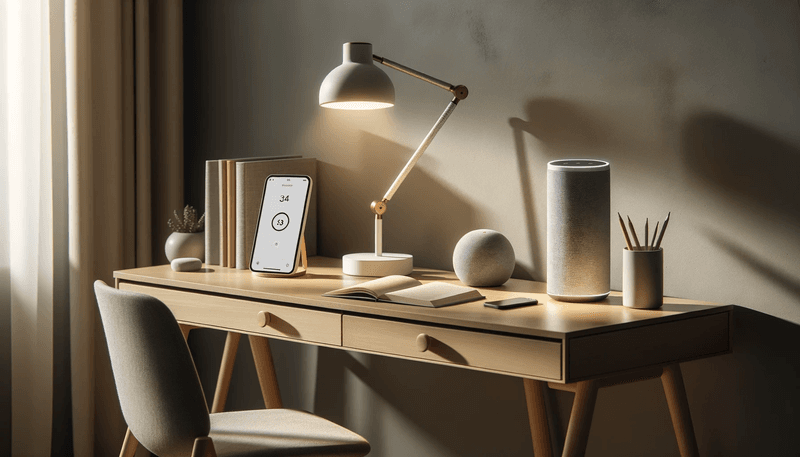
Smart home features can impress initially but become obsolete faster than almost any other home upgrade. Yesterday’s cutting-edge entertainment system is today’s technological dinosaur.
Built-in iPod docks and outdated automation systems actually detract from value. Buyers often see integrated technology as either a replacement expense or a quirky reminder of the home’s age rather than as a selling point.
9. Barn Doors In Modern Homes
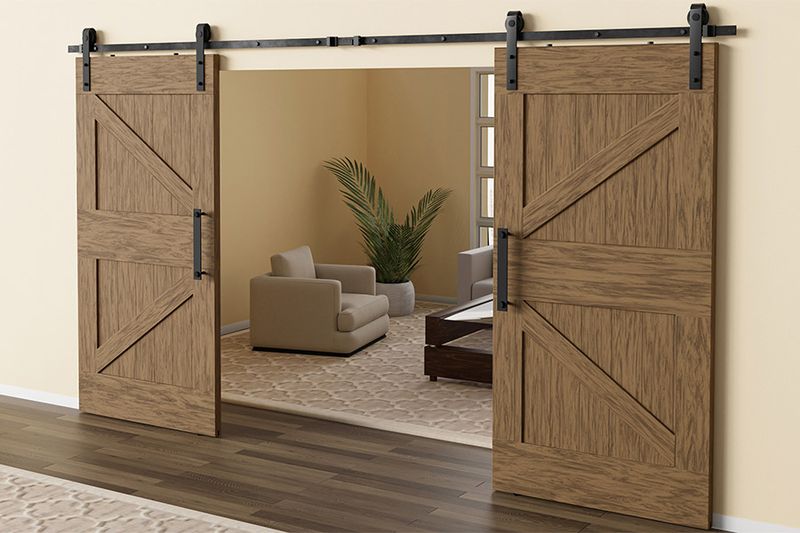
Farmhouse chic brought sliding barn doors into urban and suburban homes everywhere. Their rustic charm often clashes with contemporary architecture, creating a visual disconnect that sophisticated buyers notice immediately.
Privacy issues compound the stylistic mismatch. These doors rarely seal completely, leaving gaps that allow sound and light to travel between rooms – a practical concern that can significantly impact how buyers value bedroom and bathroom spaces.
10. Ultra-Minimalist Spaces Lacking Warmth
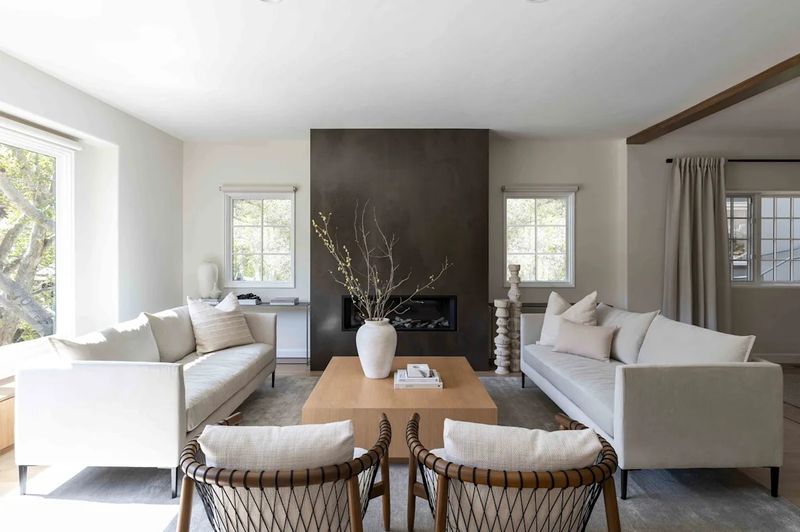
Clean lines and clutter-free surfaces define minimalist design. When taken to extremes, these spaces can feel sterile and uninviting rather than sophisticated.
Most buyers seek homes that feel comfortable and livable. Extremely sparse interiors often read as cold and impractical for everyday living, particularly for families with children or pets. This perception can translate to slower sales and lower offers.
11. Carpet In Bathrooms
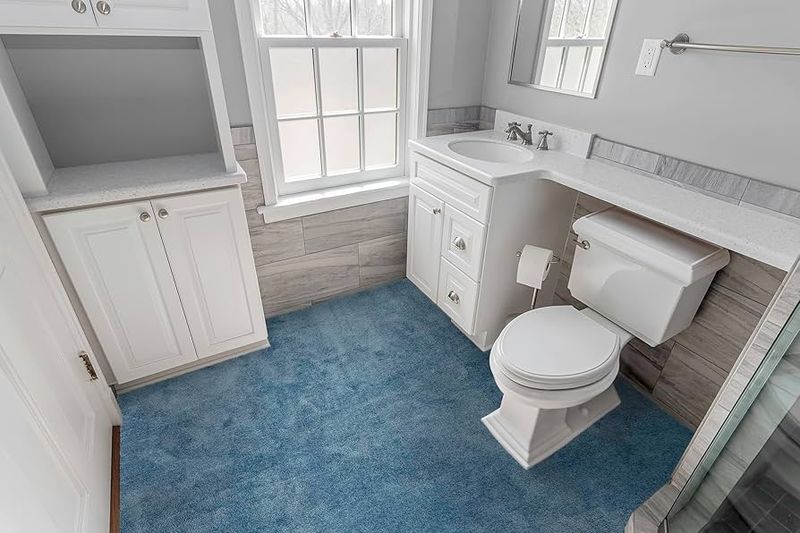
Stepping onto soft carpet after a shower might feel luxurious to some homeowners. To potential buyers, however, bathroom carpeting raises immediate red flags about moisture problems and hygiene concerns.
Mold and mildew thrive in damp environments. Even well-maintained bathroom carpeting suggests potential hidden issues to buyers, who typically prefer waterproof flooring options that promise easier cleaning and fewer long-term problems.
12. Trendy Tile Patterns That Go Out Of Style
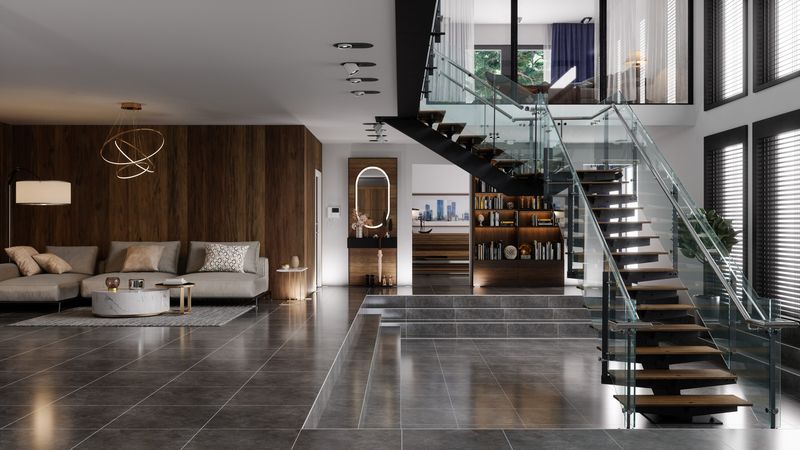
Geometric backsplashes and boldly patterned floor tiles make powerful design statements. Their distinctive appearance can quickly become tomorrow’s dated look, similar to the avocado green appliances of the 1970s.
Replacing tile is labor-intensive and expensive. Buyers often mentally calculate these renovation costs when viewing homes with trendy patterns, potentially reducing offers by thousands to account for future updates they’ll want to make.
13. Wall-To-Wall Mirrored Surfaces
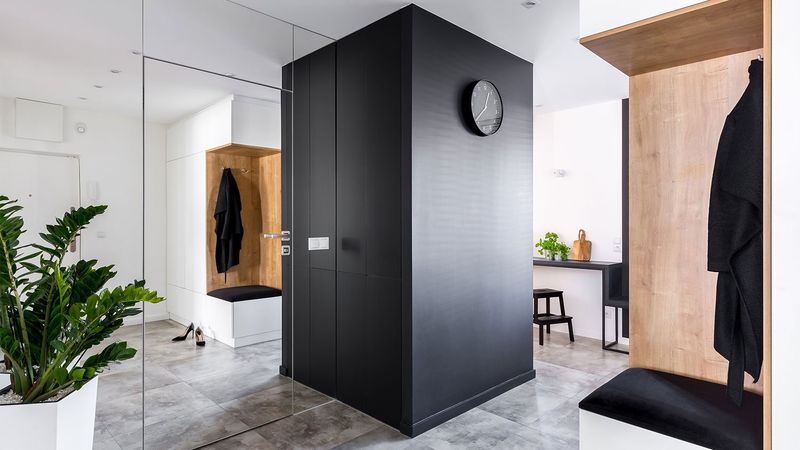
Mirrors can strategically enhance light and create illusions of space when used thoughtfully. Covering entire walls with reflective surfaces, however, often reminds buyers of dated 1980s design trends.
Beyond style concerns, mirrored walls present practical problems. They show every smudge, create disorienting reflections, and can be dangerous in homes with children. Removal costs also factor into buyers’ value assessments when they encounter these shiny time capsules.

